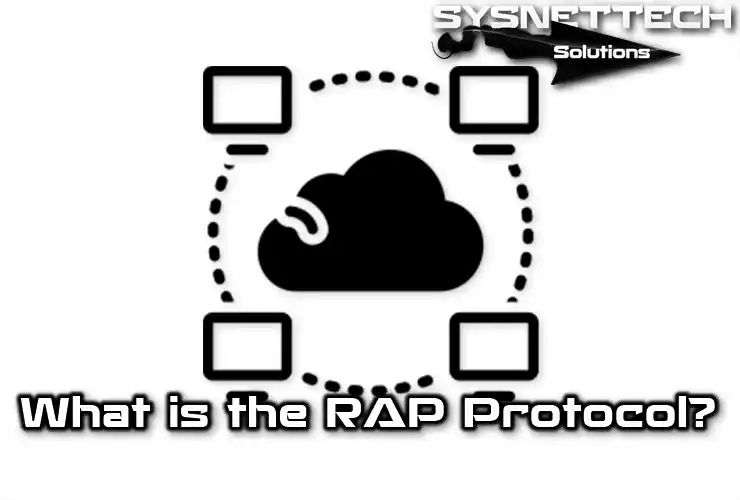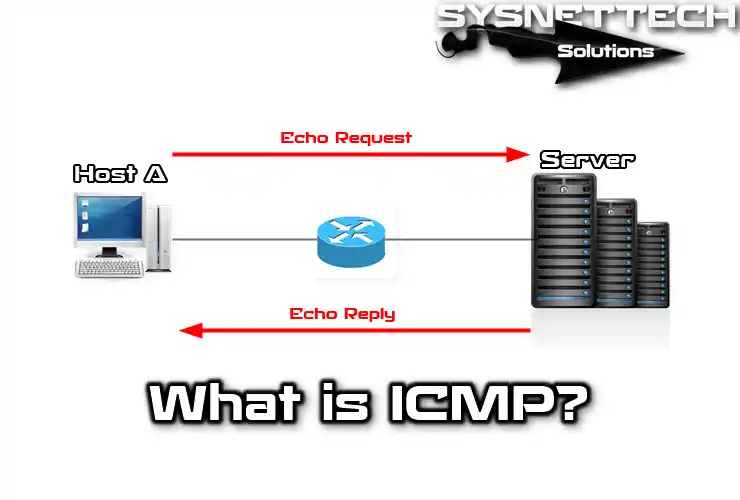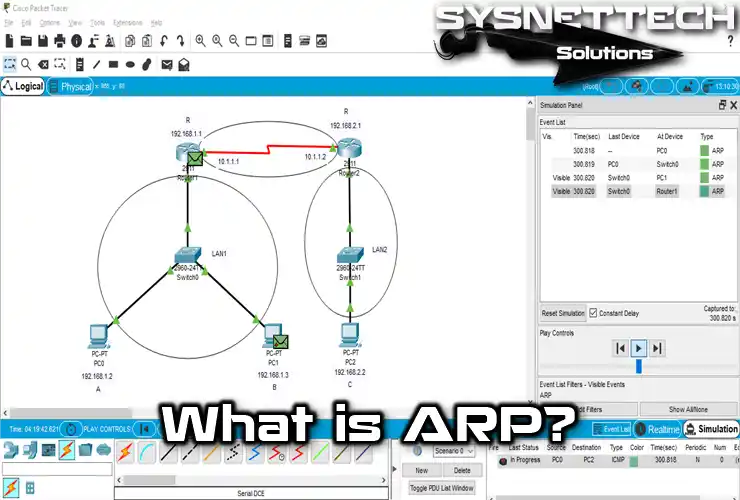RAP (Route Access Protocol) is a computer network that deals with device directions. Afterward, it sends them from Internet Service Provider (ISP) systems to LAN and WAN places. In short, it works like a map for devices with an Internet connection, helping them find their way.

What is RAP (Internet Route Access Protocol) in Networking?
A routing protocol tells routers how to talk to each other. This way, it sends data packets on the best path between two devices in a computer network. It helps all the devices in the network communicate better.
In a network, a routing algorithm works by picking a specific path. In this case, each router only knows about the networks connected to it. This way, the device can send packets to their destination without a routing protocol.
In simple terms, a routing protocol figures out the best path between networks. It shares info between nearby devices and throughout the network. This method helps routers map the whole network by analyzing its layout.
RAP Protocol History
Computer networks are growing complex; we need improved data transmission methods. In this context, network history traces back to early PC days.
Back then, devices connected to networks used simple routing tables to talk to each other. But, as needs grew, these methods became insufficient for large and complex networks.
For these reasons, R. Ullman, through his work, published the RAP protocol as RFC 1475 in 1993. He aimed to describe it as a generalized structure, different from others, for communication between external and internal networks.
This statement means this protocol can work well in small and large systems.
The RIP and IGRP protocols ground the development of the protocol. Before, these provided effective data communication and routing tasks in networks. For instance, RIP used simple measurements, while IGRP used more advanced ways. Thus, due to certain limitations, they have yet to become enough.
As a result, they developed RAP to handle routing well in larger structures in the network world. Thus, they focused on optimizing more complex layouts most effectively.
How Does the RAP Protocol Work?
The RAP protocol works as a distance vector routing for scalability and efficiency. Also, while doing this task, it uses an asymmetrical method between ports. In this way, it runs on TCP port 38. In addition, in some cases, it functions on UDP port 38.
The hosts on the network use UDP to discover the route for their data packets through the current network gateways.
In this case, the route access protocol reports the routes of the network diagrams in the opposite direction. While doing this, it also restricts resources as security. It also adds this information to how some security measures are in place at the IP layer.
Route Access Protocol sends new and changed routing info to local or remote network connections. Also, it deletes this data from every system when the session ends. Besides, when there is a link problem between devices, each deletes the route data it receives from its neighbors.
Additionally, RAP uses IPv7 (IP version 7, or TP/IX) to route within the internal network. However, it also facilitates data exchange between both IPv4 and IPv7 networks.
Conclusion
In conclusion, R. Ullmann states in his RFC document that this is not an Internet Standard. It is only a development that is open to growth and sees it as a Next Internet project. The Internet infrastructure uses BGP (Border Gateway Protocol) for a different purpose than the others.



